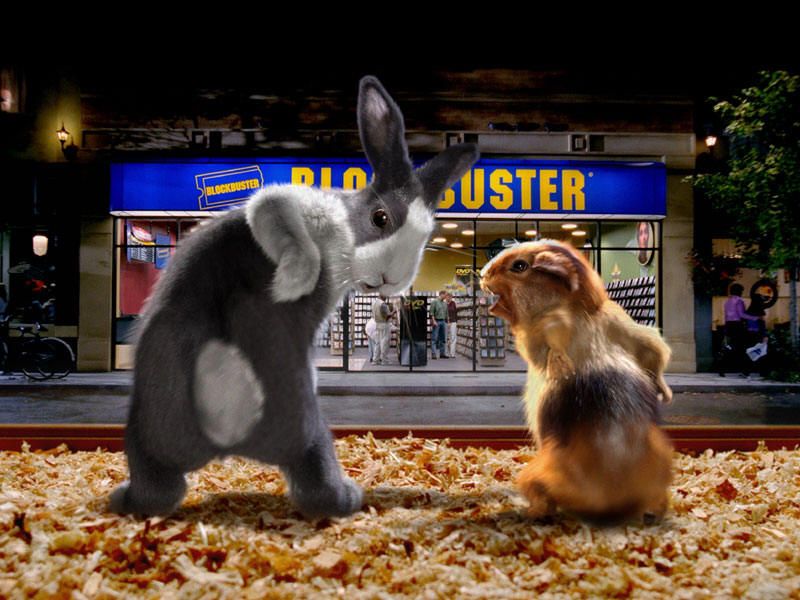
Zoos know that nothing brings paying customers through their gates faster than newborn animals. But breeding programs, often operating under the guise of species preservation, inevitably result in a surplus of less-crowd-pleasing adult animals. So zoos routinely trade, loan, sell, barter and warehouse adult animals they no longer want. Not a single U.S. zoo has a policy of providing lifetime care for the animals born at its facilities and many zoos breed species knowing in advance that male offspring will be difficult to place when they mature.
Instead of providing lifetime care, zoos shuffle their surplus animals around—even though many species, including elephants and primates, form deep and lasting bonds that are critical to the animals’ long-term health and happiness. Removing them from established social groups and forcing them to adjust repeatedly to new routines, different caretakers and unfamiliar cagemates is disruptive and traumatic.
In May 2003, an elephant named Ruby was transferred from the Los Angeles Zoo to the Knoxville Zoo and then back to Los Angeles. In December 2000, two giraffes from the Cape May County Zoo ended up in a traveling circus. A chimpanzee named Edith was transferred from the Saint Louis Zoo in the late 1960s and has been shuffled through five different facilities since then. She is now imprisoned in a Texas roadside zoo, where she sits alone, depressed and nearly hairless in a barren cage. As nearly every North American zoo has a surplus of animals, some zoos take drastic measures. Unwanted animals may be sold to dealers—who then sell the animals to dilapidated roadside zoos or traveling circuses. Some animals end up at canned hunt facilities, where they become targets for hunters eager to shoot “big game.” The exotic-pet trade has become saturated with tigers and other big cats because of the zoo industry’s reckless disposal of dangerous animals. Other animals are simply sold for slaughter.
Zoos justify their breeding programs as a form of conservation, but many of the species being bred aren’t endangered or threatened. None of the captive-bred species that do face extinction in the wild—including elephants, polar bears, gorillas, tigers, chimpanzees and pandas—will ever be released back into their natural environments to bolster dwindling populations. Nor does keeping animals in cages have a positive effect on species preservation. It doesn’t even foster respect for animals in the wild. They are still hunted, poached, encroached upon, culled and captured for display.
In a disingenuous effort to showcase their “commitment” to animals, many zoos are engaged in renovation projects for their more popular species. Unfortunately, vast sums of money are being spent on new exhibits that do little, if anything, to enrich the often-complex needs of animals. In 2003, Chicago’s Lincoln Park Zoo debuted its $23 million “African Journey,” a cramped and poorly designed display featuring elephants and other animals. Within two years, all three elephants who had been relocated to the new exhibit died.
While zoos squander limited resources, legitimate conservation efforts struggle for funding. Scientists with the Amboseli Elephant Research Project are trying to raise $100,000 to support the annual budget of a project that will make a difference for the preserve’s 1,500 African elephants—as well as for the Kenyan farmers living near Amboseli who lose their crops to elephants every year. These efforts deserve our support http://www.elephantvoices.org/index.php?topic=how_help The zoo baby exhibits don’t.
Sources: People for the Ethical Treatment of Animals http://www.peta.org/




No comments:
Post a Comment